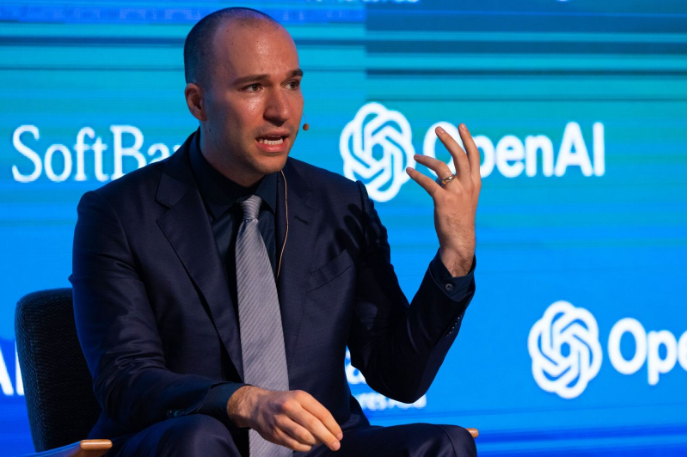
Altman’s ambitions in the business arena know no bounds, boasting a plethora of startups under his belt—whether initiated by him or fueled by his investments, particularly in the realm of artificial intelligence. Nevertheless, these aspirations collided head-on with the nonprofit ethos of OpenAI, the organization he is part of.
Speculation arises that Altman’s recent ventures, on the verge of unveiling, may have played a role in his removal from the company. Reports from “The Information” and “The New York Times” suggest that Altman and Brockman were actively crafting plans for a new enterprise, gearing up to present it to potential investors, as revealed by three reliable sources.
“The New York Times” pointed out that following their departure, Altman and Brockman dedicated the last Friday to sketching out the contours of their upcoming venture. They also compiled a roster of specific employees from their former company, earmarked to join the workforce of their nascent enterprise.
According to Bloomberg, Altman’s network of connections, particularly with sovereign investment funds in the Middle East, was intended to fund their new venture. The objective of this company was to manufacture electronic chips designed for training artificial intelligence models, positioning themselves as direct contenders to market giants like Nvidia, which currently commands an 80% share of the chip market.
Altman’s potential return to OpenAI could be the realization of his ambitions, especially considering his serious contemplation of Microsoft’s offer after his recent dismissal. Microsoft’s recent foray into the production of chips for training intelligent models further underscores the feasibility of Altman’s ambitions, despite internal opposition.
On another note, two well-informed sources informed Reuters that before Altman’s ousting, several researchers penned a letter to the board, cautioning about a significant breakthrough in artificial intelligence that could pose a threat to humanity.
This letter, previously undisclosed, and the accompanying artificial intelligence algorithm were pivotal developments preceding Altman’s removal. The sources revealed that the letter was just one among a myriad of grievances cited by the board, including concerns about premature marketing decisions without a full grasp of the potential consequences.
Within OpenAI, there’s a belief that “Q*” (pronounced Q-Star) might herald a breakthrough in the company’s pursuit of artificial general intelligence (AGI). According to one insider speaking to Reuters, despite its mathematical prowess being at the level of elementary school students, the new model, backed by substantial computing resources, demonstrated promise in solving specific mathematical problems.
While current artificial intelligence excels in writing and language translation through statistical predictions, the ability to tackle mathematical problems with only one correct answer suggests that artificial intelligence could develop thinking capabilities akin to human intelligence.
In their communication to the board, the researchers highlighted the prowess and potential risks of artificial intelligence, albeit without specifying the precise safety concerns detailed in the letter. The ongoing debate among computer scientists regarding the potential dangers posed by highly intelligent machines remains relevant, especially if these machines decide that it is in their best interest to bring harm to humanity.
Leave a Reply